All products featured are independently chosen by us. However, SoundGuys may receive a commission on orders placed through its retail links. See our ethics statement.
Wireless earbuds are about to become more essential than your smartphone
June 17, 2025
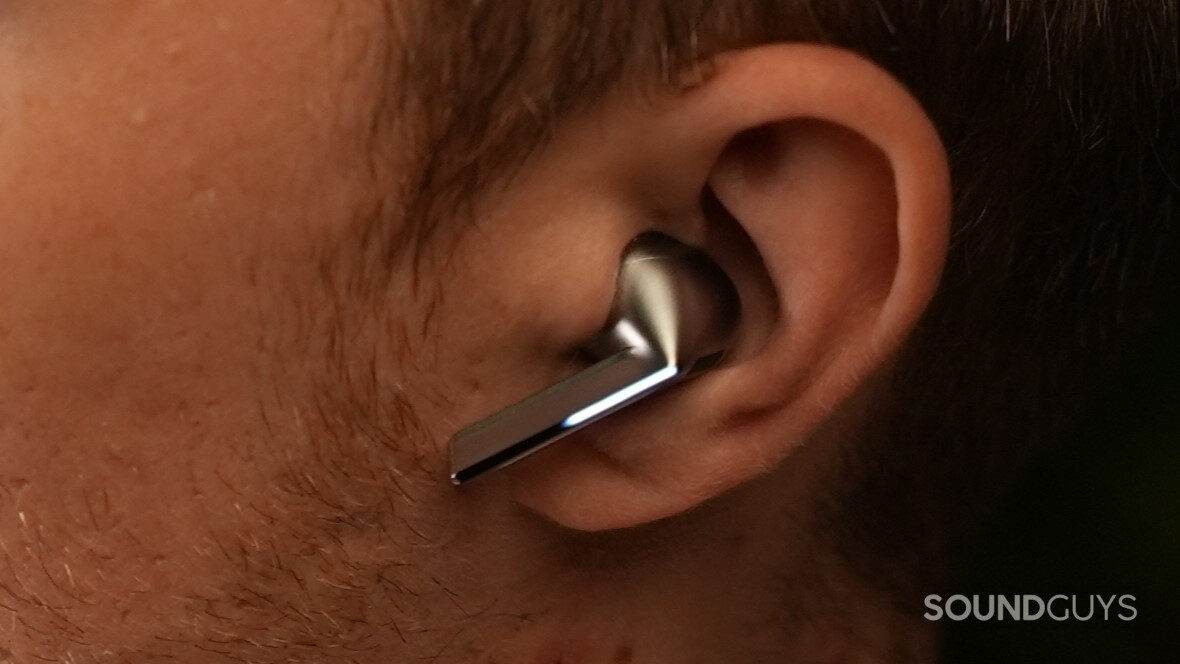
I wear wireless earbuds nearly every day, whether to tune out the city on the bus ride to and from work, taking calls on the go, or getting into the zone with my music at the gym. It’s almost to the point where if I leave the apartment without them, I feel naked, like I’ve forgotten my phone or keys. For many, wireless earbuds have become essential devices for music listening, communication, and noise cancelation in daily life. However, as someone who has closely followed the product category for several years, I think few people realize just how much more essential they will become.
Remember before 2007 when mobile phones were just phones? It was only after the release of the iPhone that phones began to replace or substitute devices like computers, cameras, GPS, and MP3 players. Mobile phones had their big transitional phase into smartphones, the all-in-one devices we know them to be today. Now, the new models are mostly iterative updates. I think the same transformation is happening with wireless earbuds, except this time, they’re not replacing your existing gadgets—they’re creating entirely new categories of essentials.
The evolution of wireless earbuds
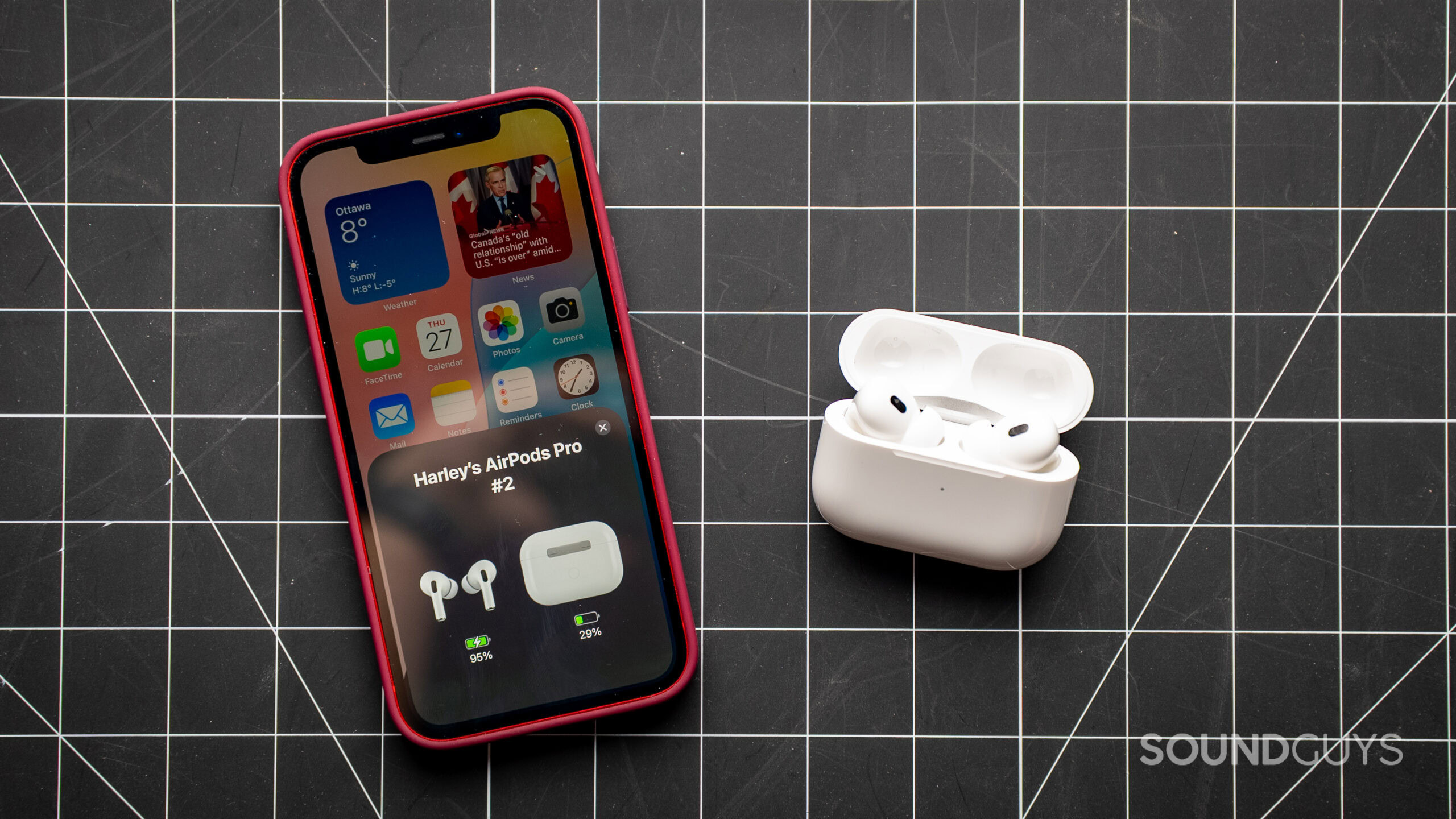
Love ’em or hate ’em, Apple has been a pioneer in popularizing wireless earbuds since the release of the first AirPods nine years ago, just as they did in the phone industry with the iPhone. Because Apple cut the cord, removed the headphone jack from their phones, and popularized a freedom from the tangled mess of earbuds stuffed in your pocket, battery life became a top concern for buyers. And with audio now transmitted over Bluetooth, sound quality and latency became new concerns with solutions like Hi-Res audio and new ways to personalize your music listening with companion apps, EQs, and spatial audio effects.
But perhaps the biggest, or at least most appreciated, feature of wearing earbuds out in the world was noise cancelation. While traditionally reserved for more premium, expensive products, this technology has trickled down to many sub-$100 models, serving a growing desire to block out more of the outside world. Conversely, people want to let the outside world in without removing their earbuds, achieved by transparency modes that are now expected and not just nice to have.
As we go about our days with our wireless earbuds, support for wireless charging has introduced quick and convenient ways to top up, and support for Bluetooth Multipoint now lets us pair with multiple devices and switch between them seamlessly. We wear earbuds at the office, on the beach, on the trails, and at the gym, and thus they also needed greater protection against the elements in the form of IP ratings. Accidentally drop your earbuds into a 10-foot pool? No problem. Some earbuds give you up to 30 minutes to retrieve them.
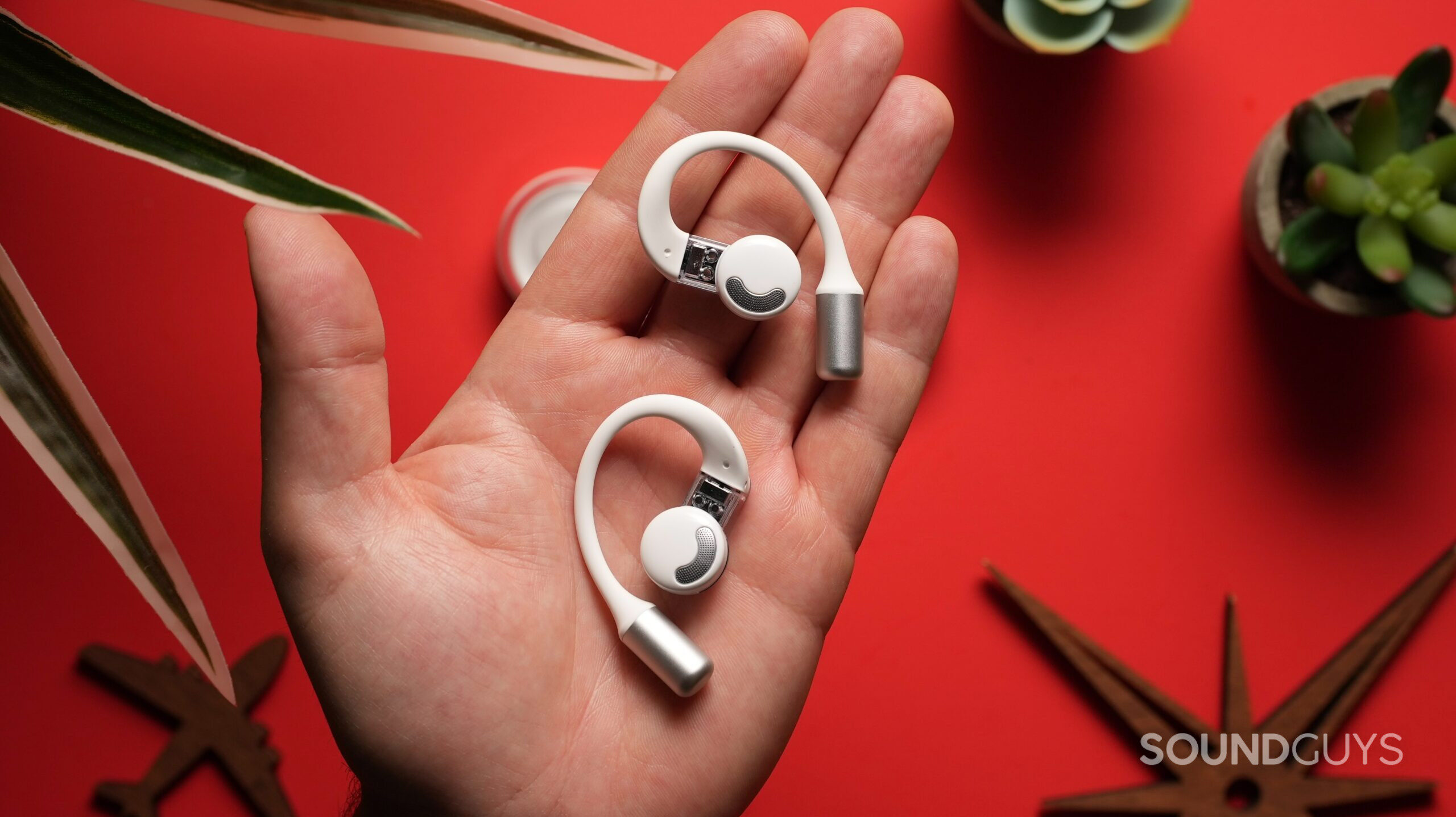
The size and shape of wireless earbuds have also changed to fit the way we want to wear them. In addition to the two classic variants (unsealed and fully sealed), we are seeing a new open-ear earbuds category explode on the market, giving people a totally transparent way to hear the world around them while enjoying their tunes. Open-ears come in ear hook and ear clip shapes to serve different styles and situations, whether it be athletics or working on a jobsite where you always need to be reachable.
In 2024, we saw health and fitness take new leaps in innovation with the first earbuds with built-in heart-rate tracking. Like the smartwatch on your wrist, earbuds can now track your pulse and feed the data to your phone. Apple also announced that the AirPods Pro 2 would soon meet the FDA’s criteria for over-the-counter (OTC) hearing aids for those with mild to moderate hearing loss, disrupting a long-established and expensive industry. You’ll soon no longer have to pay several thousand dollars for hearing aid functionality, only several hundred, thanks to wireless earbuds.
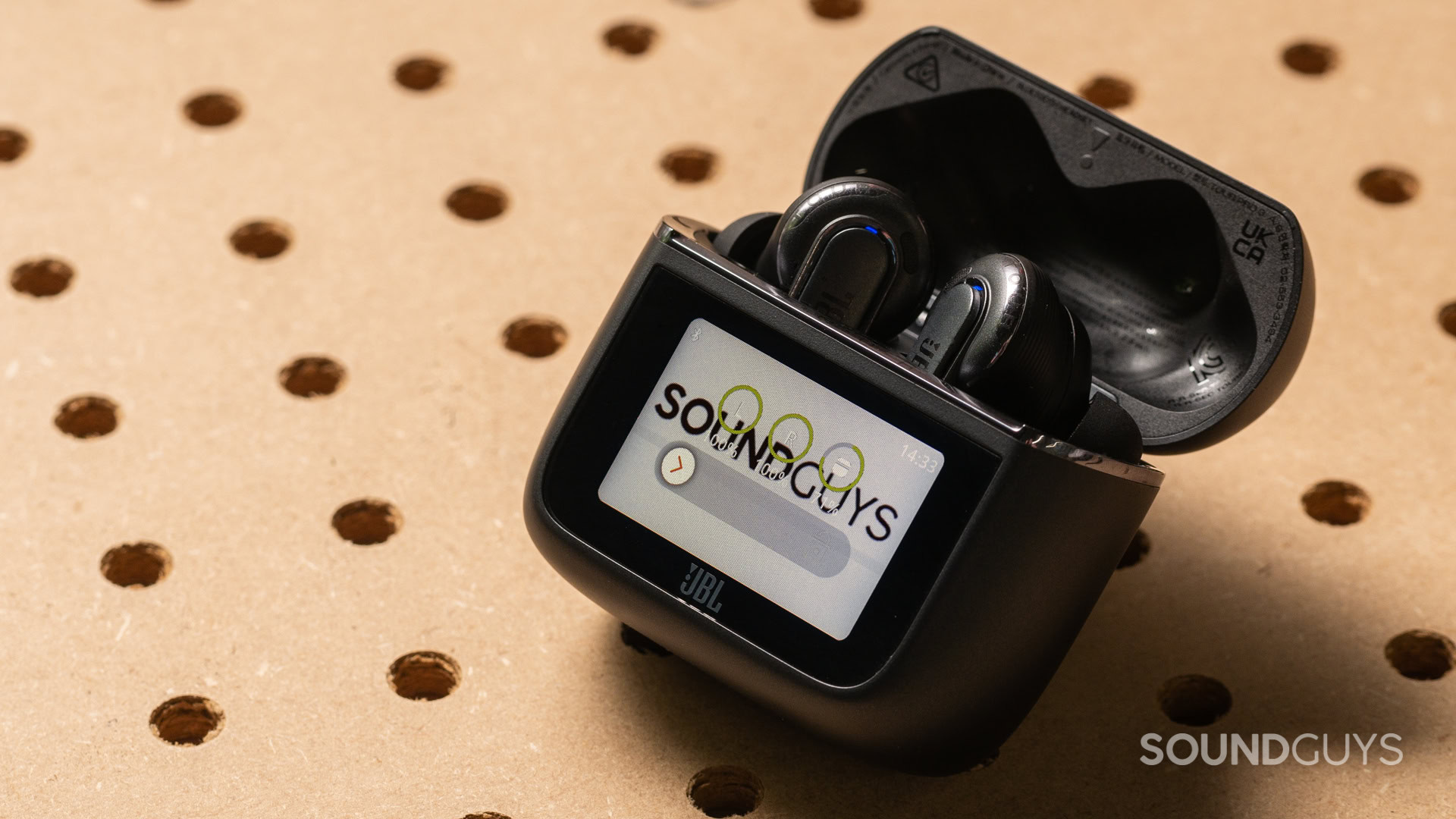
Charging cases are also getting smarter with built-in touch screens and tactile controls. Some cases, such as the JBL Tour Pro 3‘s, can even act as wireless transmitters when you want to plug in to wired audio sources, like airplane seatback entertainment systems. Additionally, though its adoption is rolling out slower than I expected, Bluetooth Auracast, with its publicly available broadcasts, is making its way into new flagship wireless earbuds.
The exciting future of wireless earbuds
It’s not just during the day that people are wearing wireless earbuds either; it’s also overnight. Sleepbuds are a budding product category promising a better night’s sleep, designed with a flat surface and wingtips to fit securely inside one’s ears. From premium models like the Ozlo Sleepbuds to budget-friendly models like the Soundcore Sleep A30, the first to implement ANC to block out snoring, earbuds are becoming a full 24-hour companion, and I don’t think it will be long before sleepbuds merge with the ones we wear during the day to become a single solution.
Like nearly every other tech product at the moment, earbuds are not immune to the trend of AI. Unlike many of the AI-enabled pins, pendants, glasses, and gadgets out there, however, I believe earbuds are the most naturally suited to house AI companions. I’ve made the analogy to the 2013 film Her before, but it’s worth mentioning again that its premise is no longer science fiction. More than just issuing straightforward commands to a voice assistant, like ‘turn on the lights,’ you can now vent your drama to your earbuds, and they will lend a sympathetic ear.
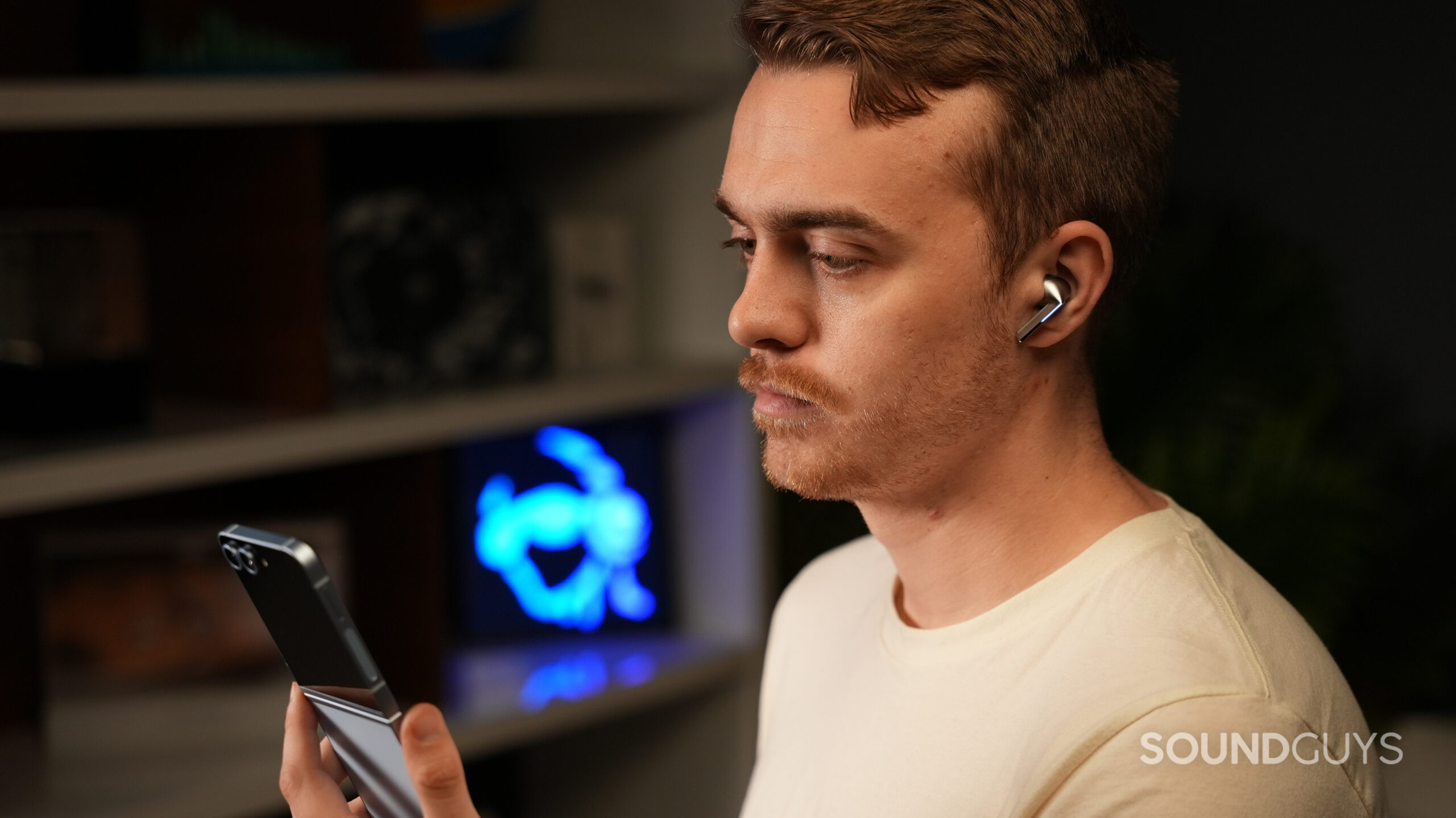
Not only are wireless earbuds like the Galaxy Buds Pro3 utilizing AI for real-time translation like the devices from Star Trek, but products from Nothing and CMF let you activate and speak with ChatGPT at the tap of a finger. It’s only a matter of time before, say, an AI like Google Gemini in combination with the Google Pixel Buds Pro 2 can interact with the rest of the Google app ecosystem to add things to your calendar, send emails, or recommend nearby restaurants all hands-free.
And we haven’t even gotten to my most anticipated wireless earbuds feature. In the not-so-distant future, we’ll see wireless earbuds with built-in electroencephalogram (EEG) sensors — sensors that can detect brain activity in real-time. Neurable has already done this with wireless headphones, which can measure your mental focus levels to improve your work and study habits, and the company has told me that the technology is coming to in-ear products soon.
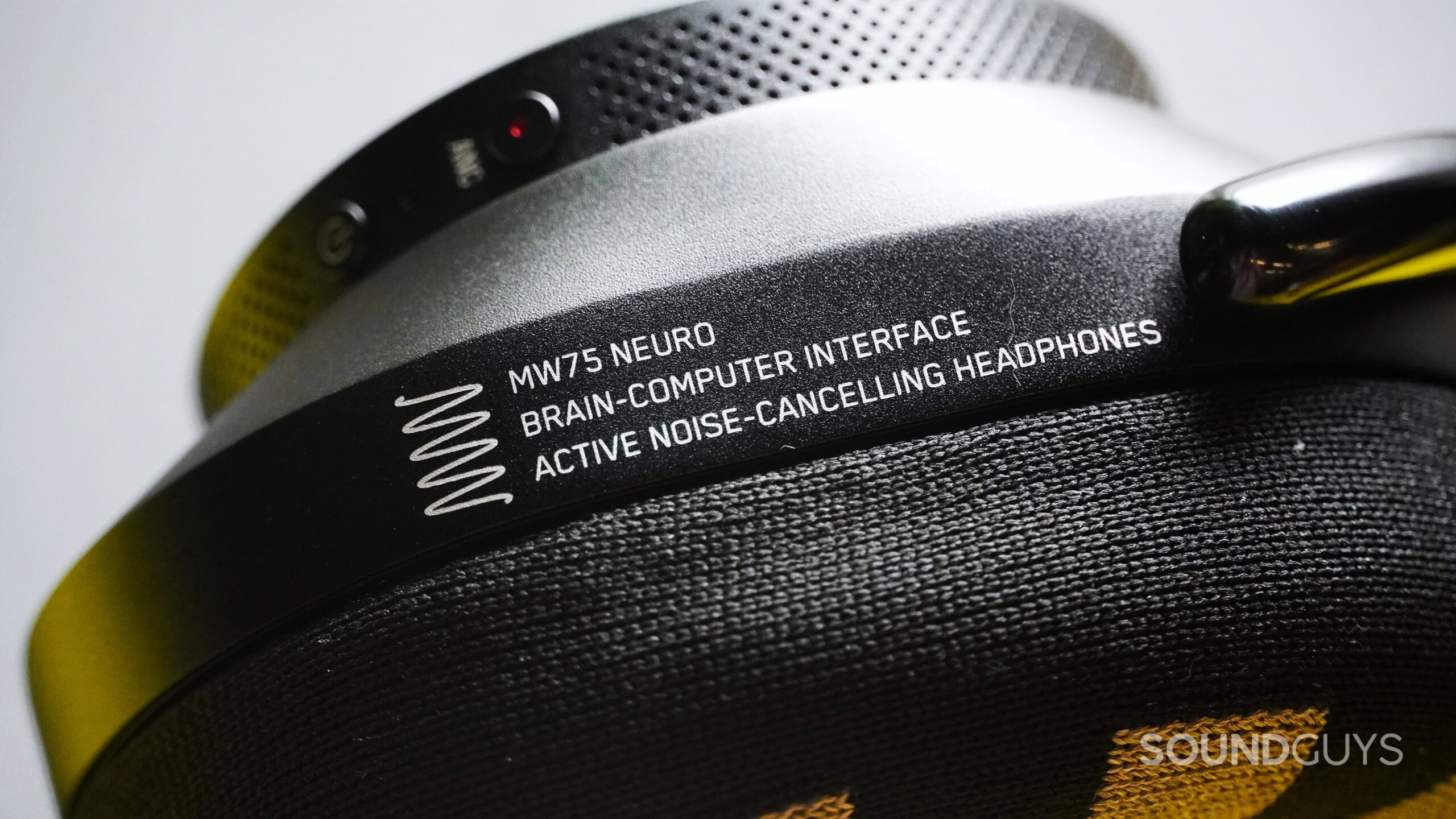
When you combine EEG, heart rate, hearing aid, and sleep aid features with an always-on voice connection to a leading-edge LLM AI, imagine how much more indispensable wireless earbuds will become than they are today. Your earbuds will detect elevated stress through heart rate and brain activity, and automatically switch to noise cancelation mode while your AI assistant suggests breathing exercises or schedules a break in your calendar. In a crowded restaurant, your earbuds use AI to filter and amplify the voice of the person you’re talking to while suppressing background noise, then seamlessly translate if they’re speaking another language. Maybe your earbuds even detect early signs of illness through subtle changes in your voice patterns, temperature, heart rate variability, mental focus, and sleep quality, alerting you days before symptoms appear. All these scenarios, and more, are on the horizon, and I couldn’t be more excited.
Which future wireless earbuds feature are you most excited about?
Thank you for being part of our community. Read our Comment Policy before posting.